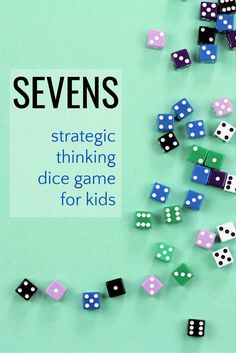Golf, in its miniature form, captivates with its whimsical courses and the lure of that satisfying clink when the ball finds the cup. But beyond the entertainment, mini golf presents a beautiful tapestry woven with threads of financial mathematics ready to be unraveled by curious minds.
What is financial mathematics? Simply put, it is the use of mathematical models to solve financial problems. It can range from calculating simple interest on your savings account to pricing complex financial derivatives. Financial mathematics touches on areas such as probability, statistics, algebra, and more—each a fundamental strand in the fabric of finance.
Now, merge this with mini golf. Yes, mini golf—a seemingly simple game that playfully introduces concepts such as angles, distances, and probabilities which are essential in both sports and finance. Let’s tee off this math investigation by looking at key areas where financial mathematics interfaces with playing a round of mini golf.
Budgeting for the Game:
When planning a day out at the mini-golf course, one exercises budgeting skills. Players determine how much money they’re willing to spend on games and what factors into this cost—number of rounds played, equipment rental fees or purchases, and additional amenities like food or arcade games. This practical example makes budgeting tangible—allocating limited resources to maximize enjoyment mirrors the essence of financial budgeting.
Investment Analysis:
Consider viewing each stroke as an investment. A player evaluates risk versus reward—deciding on putting power and angle in hopes of achieving a hole-in-one. Similarly, investment analysis involves assessing potential gains against risks before committing funds. In both scenarios, decision-making relies on probability estimates under uncertainty—a core tenet of financial mathematics.
Statistical Analysis:
Every putt is influenced by variables such as slope gradients, wind speed, and friction coefficients. Players may not consciously calculate these factors but often make estimations based on prior experience—in essence utilizing statistical analysis. Financial mathematicians use similar methods to predict economic trends or the future performance of stocks, using data from past performances to inform decisions.
Optimization:
The objective of mini golf is to complete the course with as few strokes as possible. This optimization problem requires strategizing each shot for optimal results—a skill also necessary in financial portfolio management where analysts determine the best asset allocation to optimize returns while minimizing risk.
The Geometry of Putting:
Calculating angles is paramount in achieving that perfect shot around obstacles toward the hole—a direct application of geometry. In financial mathematics, understanding geometric shapes can be useful in visualizing data patterns or even determining areas under curves for pricing bonds using integral calculus.
Probability:
Each hole presents different probabilities of success based on its design complexity. Players estimate their chances at each hole intuitively—analogous to how financial professionals calculate probabilities when valuing options or predicting market movements.
Growth over Rounds:
Players aim to improve their performance over multiple rounds akin to how investors track compound interest growth over time. This aspect introduces players to exponential growth models from financial mathematics—highlighting how investments can grow over periods given certain interest rates.
This math investigation illustrates how mini golf can be more than just fun; it’s an experiential lesson in basic principles of financial mathematics which govern our real-world finances. Whether you’re sinking a putt through a windmill’s blades or watching your savings accrue interest—financial math’s influence is omnipresent even in leisure activities like mini golf. Next time you pick up a putter at that green tiled course, know that you’re also swinging through an educational exploration interlaced with economics and arithmetic—in essence playing through the fairways of finance one putt at a time.





